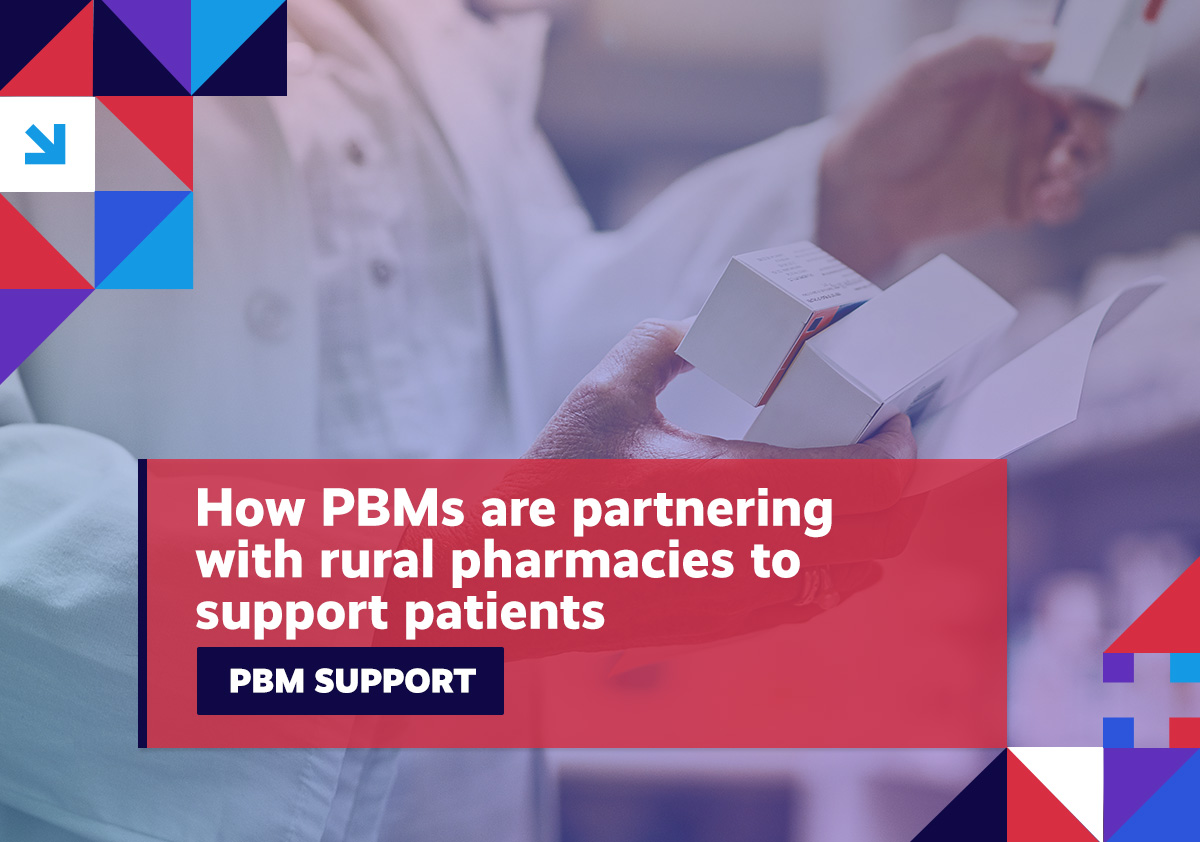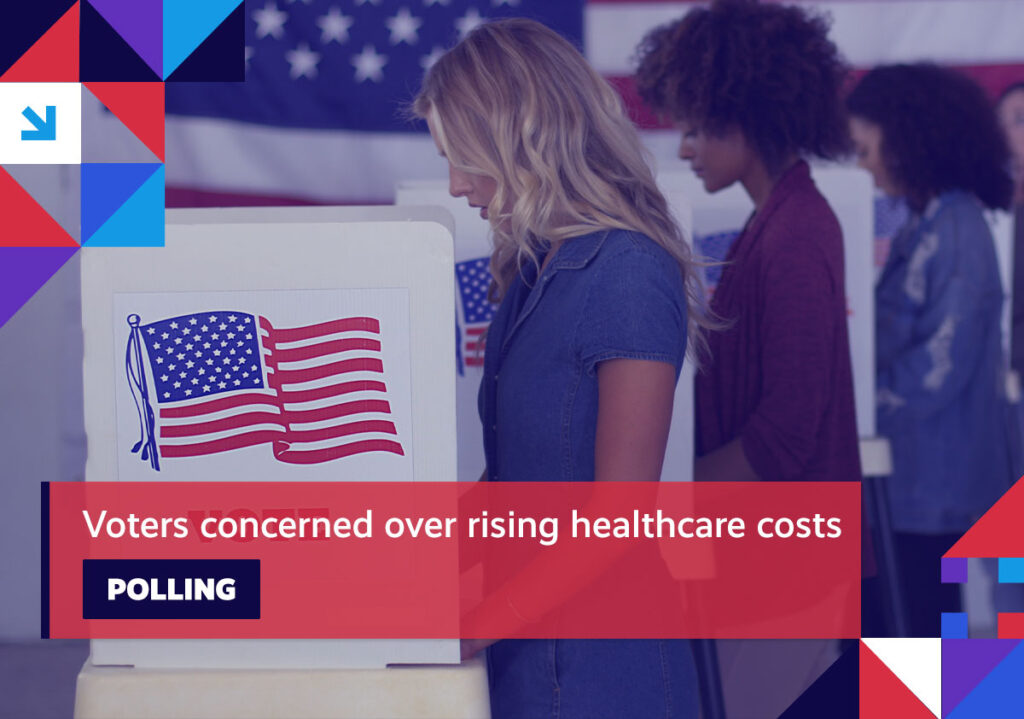A quick roundup of the issues driving the healthcare reform conversation.

Week in Review
MEDICARE ADVANTAGE Seniors at risk of disruptions to Medicare Advantage.
Quick takeaway: Back-to-back years of cuts to the Medicare Advantage (MA) program threaten beneficiaries with fewer choices, higher costs, and reduced benefits.
Digging deeper: With Open Enrollment now underway, millions of American seniors are now able to shop for Medicare Advantage plans. Unfortunately, stakeholders are warning that what they’ll find could look different from what they’re used to.
While MA plans have worked to shield seniors from the full impact of these cuts, analysis of recently released data from the Centers for Medicare & Medicaid Services (CMS) spells out exactly how those cuts have reshaped the market. For instance:
- About 1.3 million Americans are enrolled in MA plans that will not be available next year.
- Over 60 percent of Medicare-eligible beneficiaries will have fewer plans available.
- Seniors in 19 states will see premium increases of more than 10 percent in 2025.
What it means: More than 33 million Americans choose MA plans because it provides them better care at lower cost than original Medicare. But, successive years of cuts now expose them to changes to their coverage that many might not be prepared for.
PBM VALUE New economic analysis shows how PBMs deliver value.
Quick takeaway: The report counters the false narrative that pharmacy benefit managers (PBMs) are to blame for out-of-control prescription drug prices.
Digging deeper: Despite the heated rhetoric targeting them, experts continue to point out that PBMs play a critical role in helping consumers better manage drug costs. According to the new analysis:
- PBMs pass through nearly 100 percent of manufacturer rebates and fees to their customers.
- There is no evidence that the list price for rebated drugs is higher than that for non-rebated drugs.
- The number of independent pharmacies grew by over 9 percent from 2011 to 2021.
- Independent pharmacies receive higher reimbursement rates than unaffiliated chain pharmacies.
What it means: Drugmakers have shifted blame for high drug prices to others along the supply chain, while continuing to deploy egregious pricing practices, including astronomical list prices for new treatments and exploiting patent loopholes to set and keep prices artificially high and block competition.
MEDICAID Rx Drug utilization and spending in Medicaid are increasing.
Quick takeaway: A new report highlights how drug spending in the Medicaid program has increased 72 percent since 2017.
Digging deeper: Prescription drugs account for about 6 percent of total Medicaid spending. But, that spending is on the rise, thanks to the emergence of new, high cost obesity medications and cell and gene therapies.
In 2017 net spending in Medicaid on drugs totaled $30 billion. By last year, that spending had ballooned to $51 billion. The overall number of prescriptions in the program has also been rising since 2020.
What it means: Millions of Americans depend on the Medicaid program for their care, including expectant mothers and those needing mental health support. Increased spending on prescription drugs strains resources and jeopardizes access to the care so many depend on.
CONSUMER TRUST Public trust in physicians and hospitals decreases.
Quick takeaway: A new survey details a growing level of consumer distrust in providers.
Digging deeper: While undercurrents of distrust in medicine are nothing new, in the wake of the COVID public health crisis, the level of trust in physicians and hospitals has seen a precipitous drop.
A nationwide poll published in JAMA Network shows that trust fell from 70.1 percent in April 2020 to 40.1 percent in January of this year.
What it means: Researchers attribute the decline in consumer trust to financial concerns. A quick scan of the headlines doesn’t do much to increase that trust, with nonprofit hospitals failing to honor their charity care obligations, and with health systems across the country continuing to fail to comply with price transparency rules, while suing patients for unpaid medical bills.
Spotlight
| You can keep up with the latest by following the Health Action Network on X and by liking us on Facebook. And, be sure to check us out on LinkedIn, too. As always, let us know if there’s something you’d like to see covered in a future newsletter. |
The Health Action Network includes everyday Americans—families, workers, businesses, patients, providers, neighbors, and friends. We are working together because we support market-based solutions that offer better healthcare choices and help build a stronger economy. The Health Action Network is an Elevance Health, Inc., initiative.

